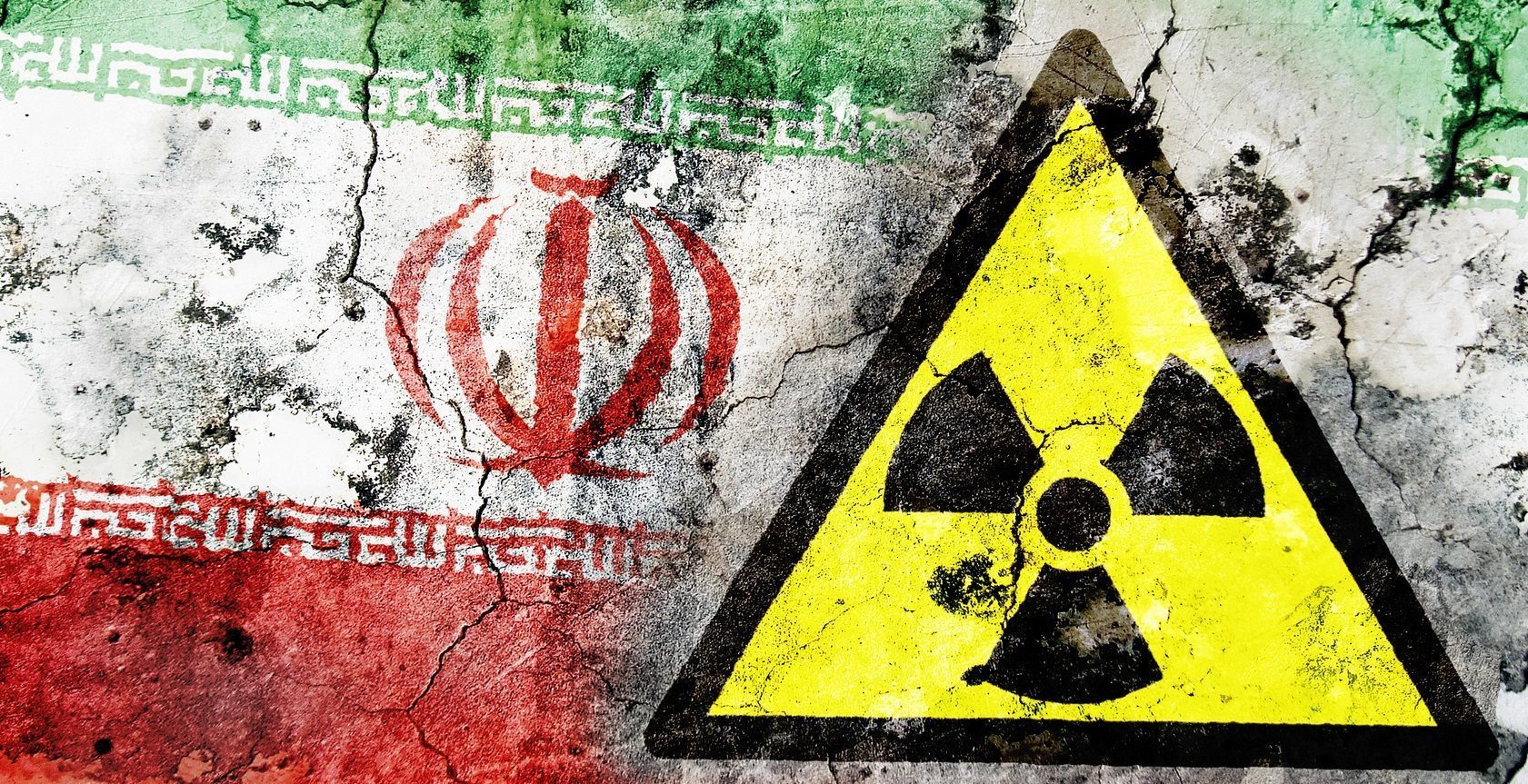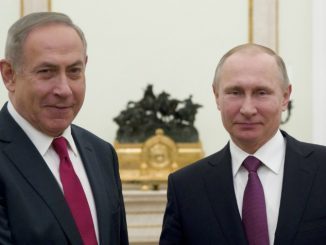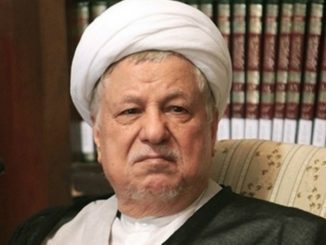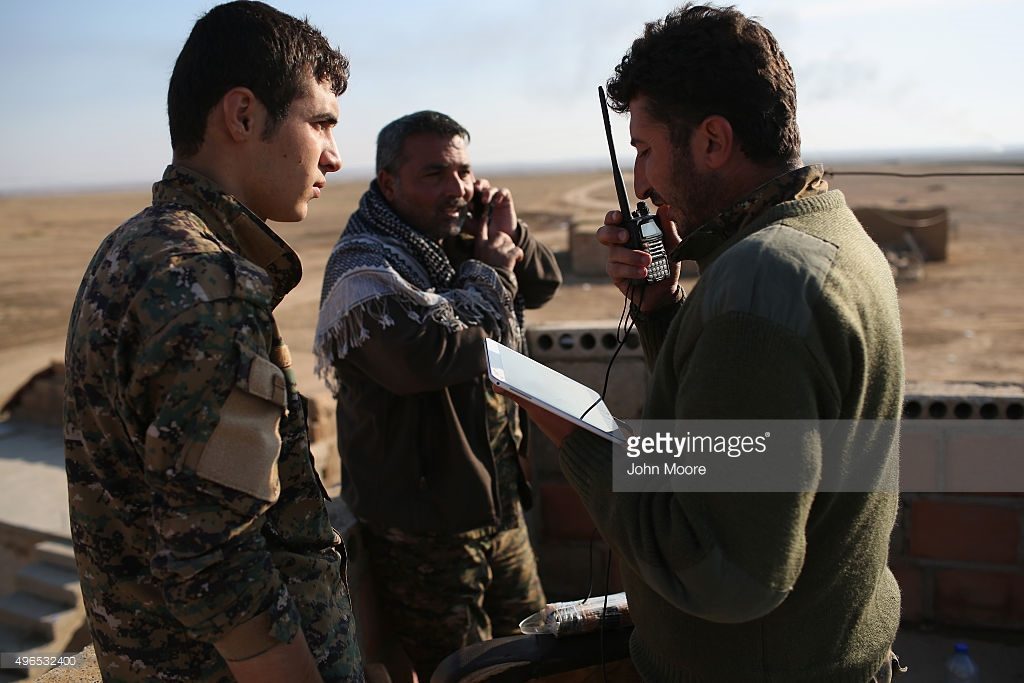
One year ago Thursday, Iran and world powers reached a historic nuclear accord. Since then, a potential showdown was averted and Iran’s economy is in recovery, but its hard-liners continue to expand their anti-American agenda.
Iran appears to have scaled back its nuclear program and to be abiding by most terms aimed at curbing its nuclear ambitions. Iran’s economy is improving with the lifting of international sanctions and the release of billions in frozen assets.
But so far, the deal has not produced the economic boom Iran was hoping for and Iran’s Islamic Revolutionary Guards are growing stronger and more confrontational.
1. Nuclear threat diminished
Under the deal, Iran reduced its stockpile of nuclear fuel and dismantled thousands of machines. Iran destroyed the reactor core in its heavy water reactor, eliminating another path to a bomb. And it accepted international monitoring to ensure compliance.
President Obama pledged that the deal would prevent Iran from ever obtaining a nuclear weapon.
Wendy Sherman, the State Department’s chief negotiator on the agreement, said the deal made the world safer.
Without it, “we might be faced with Iran racing toward a nuclear weapon and a delivery system for that weapon,” Sherman, an adviser to Democratic presidential candidate Hillary Clinton, told USA TODAY. “Instead, Iran committed to taking steps to make sure its nuclear program is peaceful.”
State Department officials knew that Iran’s backing for terrorists, human rights abuses and anti-American policies would continue but without limiting Iran’s nuclear capabilities “it would be much worse,” she said. “This deal accomplished what it set out to do and implementation went far better than most people expected.”
Some of Iran’s illicit activities involving nuclear weapons and technology continue.
The U.N. Secretary-General Ban Ki Moon said missile tests Iran conducted in March were “not consistent” with the spirit of the nuclear agreement, Reuters reported last week.
In Germany, Iran continued “illegal proliferation-sensitive procurement activities” in the field of nuclear and missile technology, according to Germany’s domestic intelligence service. State Department spokesman John Kirby said last week the U.S. has “no indication” those efforts succeeded.
2. Oil production up, keeping world prices down
Iranian oil exports jumped by more than half since January.
The increased supply helped produce a global oil glut and lower prices, which continued after Iran refused to cap its top export last month.
Dozens of other deals to develop Iran’s energy and other industrial sectors stalled because of remaining U.S. sanctions and internal Iranian politics, said Sara Vakhshouri, an analyst at SVB Energy International.
Banks and businesses that use the U.S. financial system are afraid of violating sanctions on Iran for its support of terror groups and human rights violations. And Iran has yet to produce a contract model for about 40 proposed projects that require foreign investment, Vakhshouri said.
Dozens of other deals to develop Iran’s energy and other industrial sectors stalled because of remaining U.S. sanctions and internal Iranian politics, said Sara Vakhshouri, an analyst at SVB Energy International.
Banks and businesses that use the U.S. financial system are afraid of violating sanctions on Iran for its support of terror groups and human rights violations. And Iran has yet to produce a contract model for about 40 proposed projects that require foreign investment, Vakhshouri said.
3. Economic boost, but deals stall
Iran’s economy grew by 3.7% since the deal was signed. Inflation is at 8%, down from 80% in 2013, and the Iranian currency stabilized, said Mark Dubowitz, executive director of the Foundation for Defense of Democracies, a think tank in Washington, D.C.
The benefits to Iran’s economy mean Iranians were spared an economic collapse, Dubowitz said.
Many Iranians remain frustrated with the pace of recovery, which has been stunted by confusion in world financial institutions about which U.S. sanctions remain and which have been lifted, said Michael O’Hanlon, an analyst at The Brooking Institution.
Iran reached deals with aircraft manufacturers Airbus and Boeing for more than 170 new aircraft for its national airlines.
Several Republican members of Congress seek to block the Boeing deal, arguing that Iran has a history of using commercial jets to transport missiles and weapons for terrorists.
4. Revolutionary Guards grow stronger
Areas of the economy growing most are controlled by Iran’s hard-line Revolutionary Guards, Dubowitz said.
The Guards — in charge of maintaining and exporting the Islamic revolution and the nation’s military projects — ran most of the smuggling operations required to keep Iran’s economy going.
They now control Iran’s petrochemical, automobile, construction, heavy industry, shipping, aircraft and telecommunications sectors.
5. USA and Iran still at odds but fighting on same side
Iran’s supreme leader, Ali Khamenei, continues to lead followers in chants of “Death to America.” The State Department has listed Iran as the world’s leading state sponsor of terrorism.
Iran detained two U.S. Navy patrol boats and 10 U.S. sailors in January, when they entered Iranian waters days before sanctions lifted. The U.S. commander was later fired from his job, and the Navy said other sailors involved would be reprimanded.
The sailors were released following a phone call from Secretary of State John Kerryto Iran’s Foreign Minister Javad Zarif, and the two continue to consult with each other regularly. Despite ongoing official enmity, U.S. and Iranian military forces have been fighting the Islamic State in Iraq and Syria.
The U.S.-led coalition has been conducting airstrikes against Islamic State targets, providing cover for Iraqi forces and Iranian-trained Shiite Muslim militias that have retaken cities from the militants.
In Syria, Iran has been more focused on helping President Bashar Assad fight against U.S.-supported rebels who want to overthrow his regime.
The Iranian-Syrian effort received a boost last fall when Russia began an air campaign supporting Assad and his allies.
6. Tense relations with neighbors
Iran’s relations with Arab neighbors, especially U.S.-allies Saudi Arabia and Bahrain, became increasingly marked by threats and proxy warfare in the past year.
Iran and Saudi Arabia back opposite sides in civil wars in Syria and Yemen. The two sides also threatened to expand fighting to new arenas.
Iran’s Revolutionary Guards chief Qassem Soleimani warned in June that Bahrain risked “armed resistance” from its people if the country stripped away the citizenship of Shiite cleric Sheikh Isa Ahmed Qassim, who Bahrain accuses of spreading extremism and insurrection.
Saudi Prince Turki al Faisal, a former intelligence chief and ambassador to Washington, addressed a rally Saturday for an Iranian opposition group in Paris where he responded to chants that “I, too, want the downfall of the (Iranian) regime.”
Neither Soleimani nor Turki would make such statements without the approval of their leaders, said Abbas Milani, director of Iranian studies at Stanford University.
“The proxy battles between Iran and the Sunni forces backed by Saudi Arabia are now much more ferocious and much more open,” Milani said.



